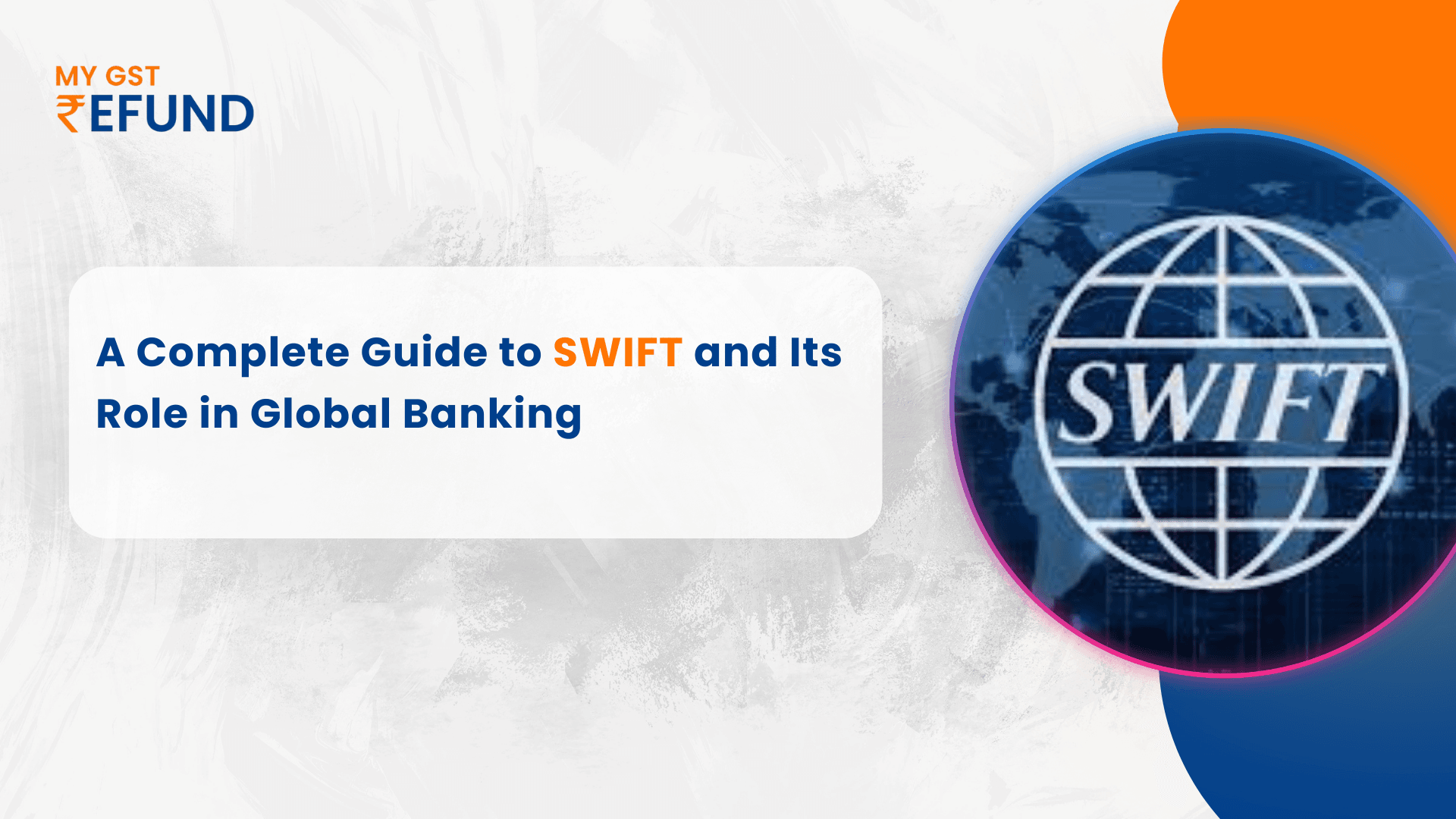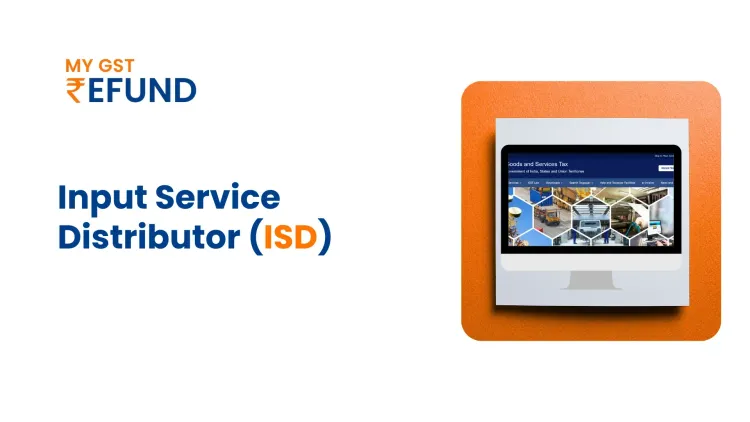A Complete Guide to SWIFT and Its Role in Global Banking
SWIFT, which stands for Society for Worldwide Interbank Financial Telecommunication, provides a worldwide secure messaging network to let financial institutions and organisations exchange information on financial transactions securely. SWIFT began operations in 1973 to establish secure automated communication standards that now serve as the financial industry's standard. SWIFT, as a messaging network, operates through these functions:
Key Features of SWIFT:
Secure Messaging System:
SWIFT operates as a highly secure network that allows banks and financial institutions, together with corporations and market infrastructures, to exchange financial messages. Financial institutions use the SWIFT platform to exchange messages that cover payment instructions along with securities transactions and trade finance operations.
Global Reach:
SWIFT is operated by over 11,000 financial institutions together with corporations that serve more than 200 countries through its network. The worldwide banking sector relies on SWIFT as its preferred global communication system because banks and financial brokers utilise this system to perform an extensive range of transaction activities.
Standardised Messaging Formats:
Standardised message formats along with codes maintain SWIFT's operational framework. The widely recognised Message Type (MT) codes comprise MT103 for client payments and MT202 for bank transfer operations, among many others. Message standards allow all participants to receive and process information easily.
Payment Systems:
SWIFT provides the essential foundation for executing payments between different countries around the world. Your bank sends payment instructions to recipient banks through SWIFT during international money transfers. SWIFT enables secure and validated money transfers that allow users to monitor their payment progress.
Not a Payment System Itself:
SWIFT functions as a messaging system that does not process transactions or payment transfers. The system functions as a transmission method between banks. The institutions that use SWIFT must maintain separate banking systems and settlement procedures for processing their transactions.
Need Export finance and working capital for your business? Contact MYGST Refund now
Additional Services:
SWIFT GPI (Global Payments Innovation): This initiative pursues faster cross-border payment transactions by implementing improved tracking methods while enhancing payment transparency.
SWIFT Net: This network system functions as a secure medium that connects financial institutions across the world.
SWIFT for Trade Services: The financial institution uses this platform to simplify trade finance processes involving letters of credit and bank guarantees.
SWIFT's Role in the Global Financial System:
Reliability: SWIFT provides essential services to daily business operations in worldwide finance because it establishes a dependable and efficient data and money transfer platform through its secure, standardised messaging framework.
Compliance: SWIFT acts as a platform that enables institutions to fulfil their legal obligations in the financial sector through mechanisms such as Anti-Money Laundering (AML) and Know-Your-Customer (KYC) requirements.
Innovation: SWIFT maintains an active innovative role in modern financial development through its continuous creation of blockchain technology integration and superior payment processing solutions.
Read More: How to Start an Import and Export Business in India
SWIFT and Cross-Border Transactions:
SWIFT provides banks with a system that establishes secure data connection points between international payment senders and receivers. For example:
Initiation: The customer located in one nation starts an international payment transfer to a recipient located in another nation.
Transmission: The payment instructions move through SWIFT transmission systems to guarantee both safety and precision of information.
Settlement: The banks using their systems complete the transaction by utilising intermediary banks when no direct connections are present between the sending and receiving banks.
Pro Tips: Plan Ahead and Easily Calculate Your GST Refund with Our Online GST Refund Calculator Tool!
Conclusion
SWIFT provides the global financial sector with secure, standardised and efficient communication services to connect its member financial institutions worldwide. The platform does not process direct payments but serves as the foundation for worldwide financial operations to enable smooth international business activities and monetary transfers. Through SWIFT GPI, along with upgraded security methods, banks and corporations worldwide continue to rely on this trusted network. Financial industry evolution requires SWIFT to transform its operations, which strengthens its position as an essential tool for the global financial system.
Frequently Asked Questions
What does "SWIFT" stand for?
SWIFT stands for the "Society for Worldwide Interbank Financial Telecommunication".SWIFT serves as a worldwide secure system for money transfer operations by supporting financial institutions' communication between banks.
How does SWIFT facilitate international money transfers?
Through SWIFT, banks send their payment instructions in a secure manner between international financial institutions. The system sends messages between financial institutions to ensure both effective and prompt international payment processing. SWIFT operates as a messaging system to allow banking institutions to perform transactions, yet it performs no role in transferring financial resources.
What is a SWIFT code, and how is it structured?
Financial institutions around the world use SWIFT codes, which are commonly referred to as Bank Identifier Codes (BICs), to function as their network identifiers. Entire SWIFT codes are composed of 8 or 11 specific characters. A SWIFT code comprises a bank code, country code, location code, and (sometimes optional) branch code in the designated sequence of four-two-two-three characters. The standardised format serves as a tool to identify banking institutions together with their branches in worldwide payment operations.
Who owns and governs the SWIFT system?
SWIFT functions as a bank-controlled cooperative that emanates from financial institutions across the world, which function as its members. The SWIFT system maintains oversight through G-10 central banks that govern Belgium alongside Canada and France, as well as Germany and Italy, Japan and the Netherlands, and Sweden and Switzerland, together with the United Kingdom alongside the United States. The governance model provides both security and neutrality to protect worldwide financial messaging.
Related Posts








